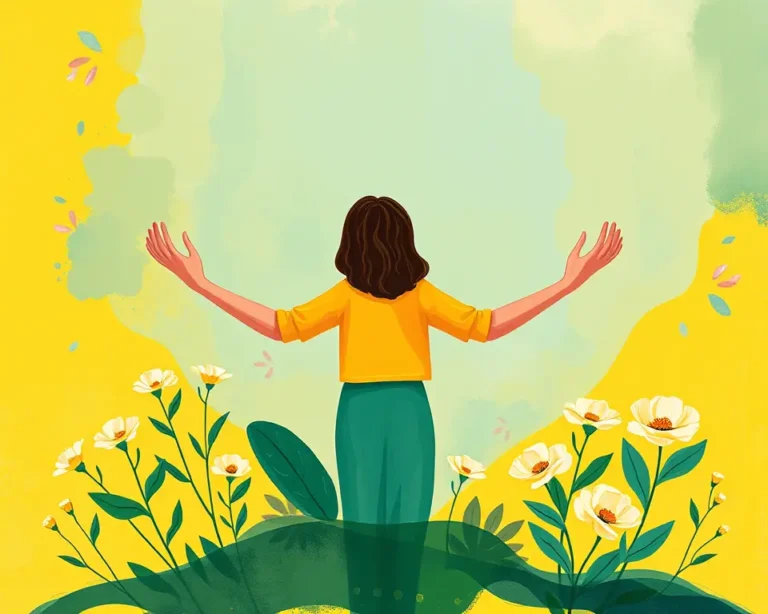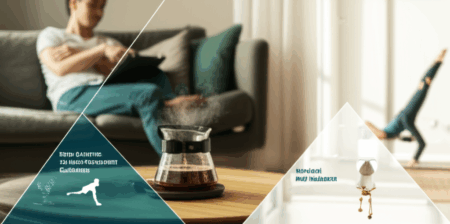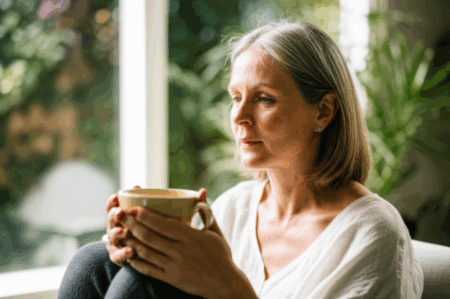In a powerful move to break down the stigma surrounding mental health, the Government Degree College (GDC) Baramulla recently transformed its campus into a vibrant hub of awareness, combining clinical understanding with creative expression. The event, organized by the Department of Psychology under the banner “RAAHAT: Hunnar-e Sukoon – An Open Arm Succour,” underscored the importance of healing through conversation, empathy, and the arts.
A Campus Culture of Care
Dr. Kaiser Ahmad Dar, Head of the Department of Psychology, initiated the campaign by emphasizing the critical need to address mental health in today’s fast-paced and stressful world. “Mental well-being is not optional,” Dr. Dar stated, highlighting that it is as vital as physical health and that silence should never be the norm.
Echoing this sentiment, Principal Prof. Mohammad Shafi Lone lauded the department‘s efforts, affirming that the initiative was more than just an event; it was a movement reflecting a shared responsibility to cultivate a campus culture deeply rooted in empathy, support, and understanding. Faculty members from various disciplines united in solidarity, with Prof. Tariq Ahmad Chalkoo, Secretary of the Staff Council and Head of the Physics Department, stressing the importance of cross-departmental collaboration to foster a mentally healthy academic environment. “It takes a coordinated community effort to normalize mental health conversations,” he noted.
Dr. Shar Ul Nisa Haroon, a key organizer, meticulously shaped the event with sensitivity, while Nazneen Bashir, a sixth-semester psychology major, concluded the day with a heartfelt vote of thanks, resonating with the crowd that the event was about building a culture of care, not just raising awareness.
The Power of Open Dialogue
At the heart of the day’s activities was a panel discussion featuring educators and mental health advocates, including Dr. Syed Mutahar Aqib, Dr. Abdul Majeed Bhat, Dr. Aaliya Akhtar, and Dr. Shahnawaz Mushtaq. The panelists thoughtfully addressed student concerns, covering topics ranging from emotional regulation to the therapeutic benefits of active listening. This open dialogue approach is gaining recognition as a valuable tool in mental health care, fostering inclusivity, collaboration, and transparent communication.
The “Open Dialogue” model, originating in Finland, emphasizes a rapid response and consistent support networks, involving family relationships and stressing inclusivity and collaboration. Within 24 hours of a mental health crisis, this approach aims to provide a safe space for the individual, their family, friends, and mental health professionals to discuss the situation and make sense of it, typically in a non-clinical setting like the person’s home. This method can lead to reduced reliance on medication and improved long-term outcomes.
Open dialogue therapy fosters a “shared language” between individuals, bridging gaps in understanding. It creates a safe space for expressing inner truths and fosters acceptance and compassion. Studies show that this intervention technique helps parents communicate with their children, promoting emotional and mental healing, and establishing a support group within the family.
Art as a Medium for Mental Health Awareness
The GDC Baramulla event also showcased the power of art in expressing and understanding mental health. Students and staff marched together, holding placards with slogans of solidarity, urging their peers to prioritize mental health and seek help when needed. A student-performed street play left a lasting impression, portraying the often-invisible battles individuals face and highlighting the transformative power of human connection through simple acts of kindness.
Artistic expression provides a non-verbal outlet for complex feelings, leading to emotional release and relief. It can reduce cortisol levels, decrease anxiety and depression, and enhance overall well-being. Creative activities stimulate positive brain chemicals like serotonin and improve neural functioning, empowering individuals on their healing journey.
Art plays a crucial role in raising awareness and reducing stigma surrounding mental illness. By offering a platform for personal stories and emotional expression, art makes mental health issues more relatable and understandable. It fosters empathy among viewers and challenges stereotypes. Sharing mental health journeys through art can alleviate tension and unease, fostering open dialogue and uniting people through collective empathy.
The Impact of Art Therapy
Creative arts are used in various ways to support mental health care. Art therapy uses creative means to treat mental illnesses and improve mental health, incorporating techniques like theater, dance, music, poetry, and craft. It captivates the soul, body, and mind in ways that verbal expression alone cannot. Engaging in creative activities can boost mental health by relieving stress and anxiety.
Art therapy is effective for addressing mental health issues like depression, anxiety, mood disorders, schizophrenia, and dementia. It fosters emotional processing and social connection, empowering individuals on their healing journey. Studies have shown that art-based interventions can significantly reduce symptoms of anxiety and depression.
Creating art offers opportunities for self-reflection and personal growth, providing insights into one’s mental health and emotional well-being. It allows individuals to explore their innermost thoughts, motivations, and struggles, leading to greater self-awareness and personal growth. By incorporating art into daily routines, individuals can enhance self-awareness, process emotions, and experience continued personal growth.
GDC B’la: A Bold Step Forward
Through “Rahat: Hunnar-e Sukoon,” GDC Baramulla has taken a significant step in aligning higher education with mental health advocacy, blending academic leadership with artistic empathy. This initiative may inspire similar campaigns beyond the college’s gates, creating a ripple effect of awareness and support.
The event showcased how combining clinical insight with creative expression can effectively destigmatize mental health issues and promote a culture of care. By providing a platform for open dialogue and artistic expression, GDC Baramulla has set an example for other institutions to follow, demonstrating the power of community engagement in addressing mental health challenges.







